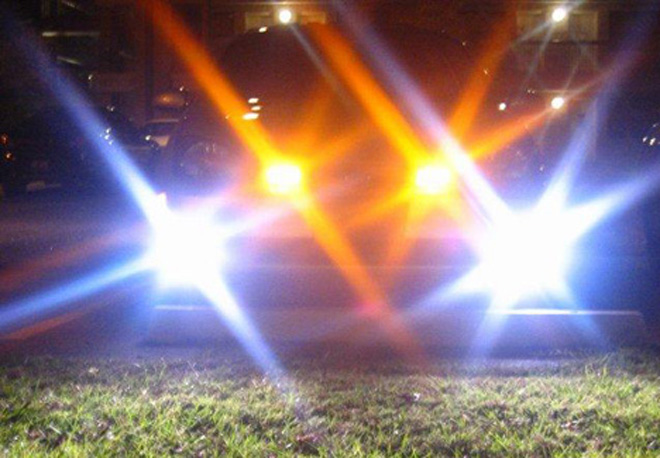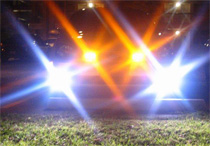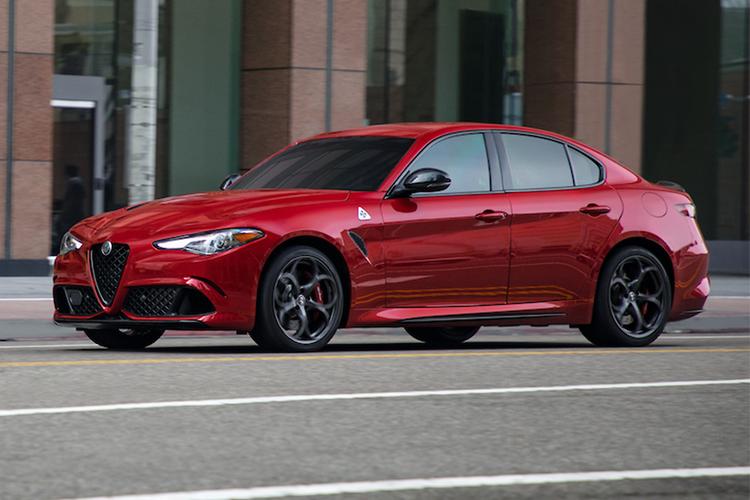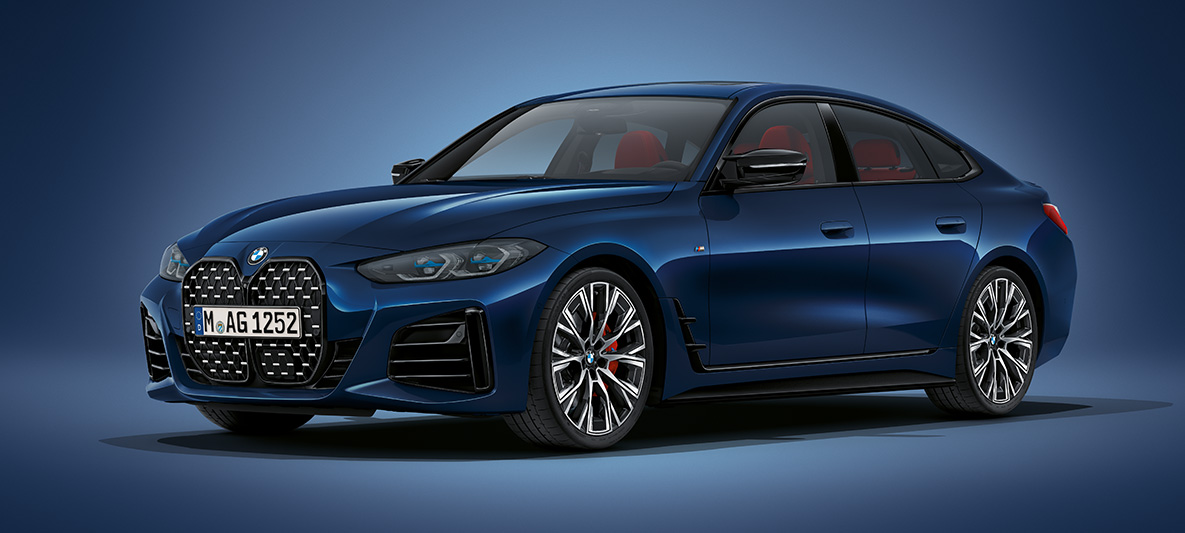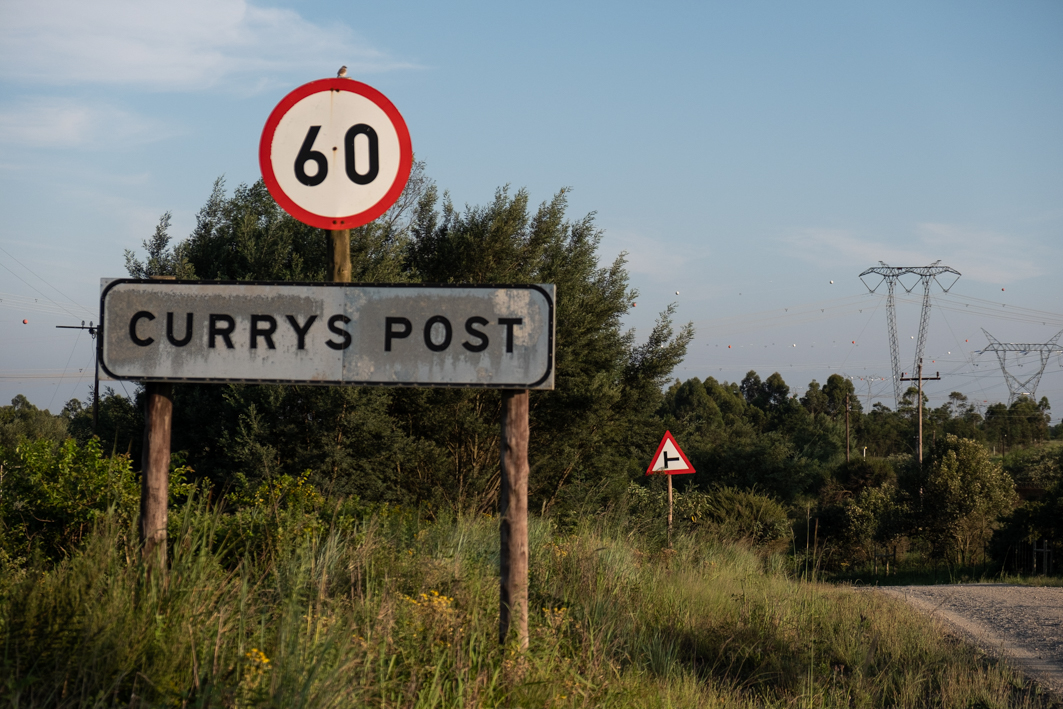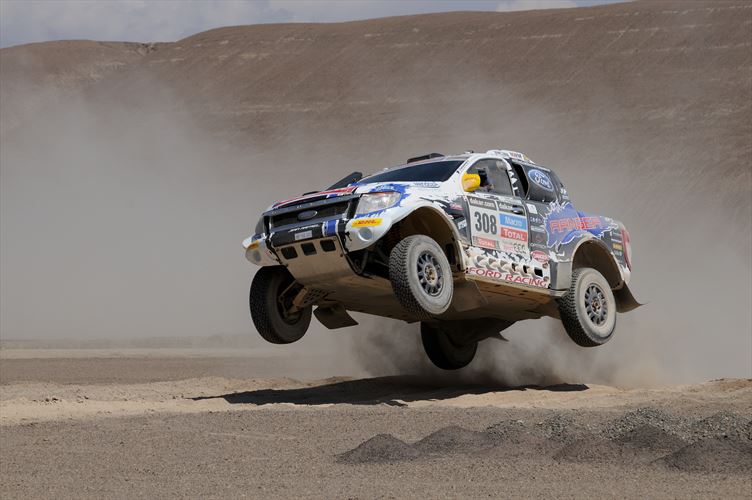By Stephen Smith
The law states, as I’m sure almost all of us are aware, that “No person shall operate on a public road, a motor vehicle while any fog lamp fitted to such vehicle is lit, except in conditions of poor visibility caused by snow, fog, mist, dust or smoke.”
Notice, please, that this does not include rain, drizzle or darkness. Yet almost every car I see that has fog lights fitted uses them on every occasion possible. It seems as though many drivers switch them on automatically as soon as they switch their vehicle’s headlights on.
They might think that they’re being safety conscious and making themselves more visible to other drivers. They’re not. Fog lights are designed to shine just a few metres in front of the vehicle, lighting up the road at the low speeds necessary due to fog.
So what’s the problem, you might ask? Well, in clear conditions, or when the roads are wet, the bright fog lights reflect off the road surface and into the eyes of oncoming drivers. And when there is water on the windscreen, these bright lights are refracted, making visions more difficult. It’s very similar to driving with your high-beams on. So instead of being safety conscious, you’re putting other drivers at a dangerous disadvantage.
Rear fog lights are even worse, being even brighter and also replicating brake lights being used. Luckily these aren’t used as often when they’re not needed.
On a recent trip in heavy rain, but with reasonable visibility, I was amazed at how many drivers were using their fog lights. With no exaggeration it was every second or third vehicle. And embarrassingly enough it wasn’t limited to hot hatches, but included a number of SUVs who just might have been our readers.
So next time you’re on the road and you have the urge to turn on those fog lights unnecessarily, fight it. Have a look at how they affect you when another vehicle has them on, and try to spread the word.
